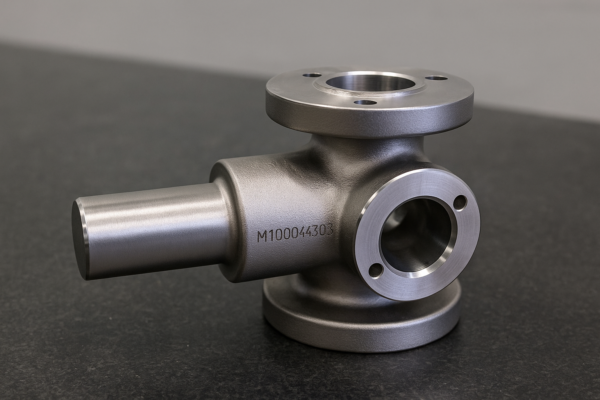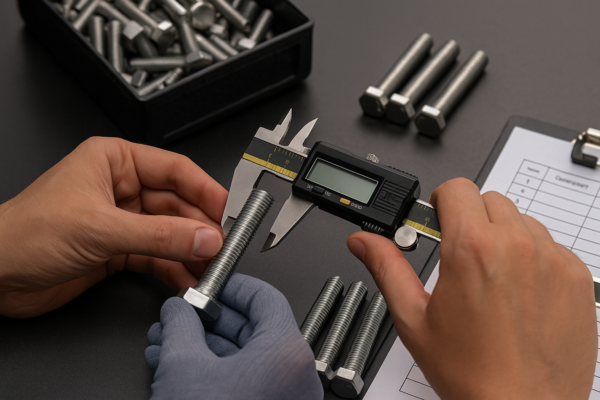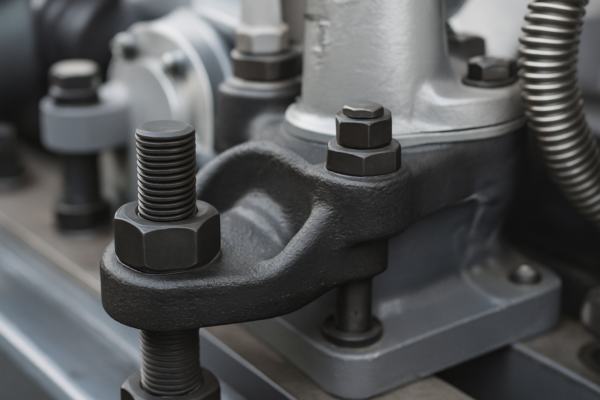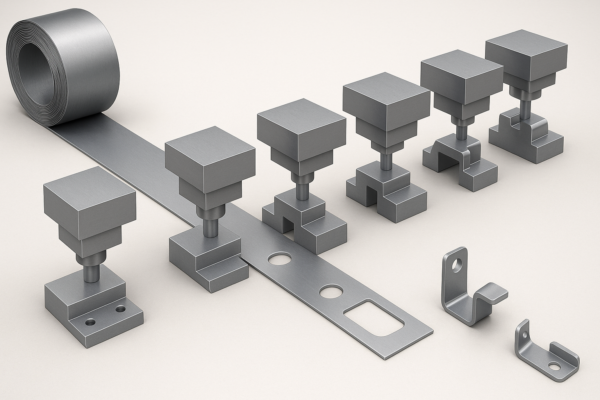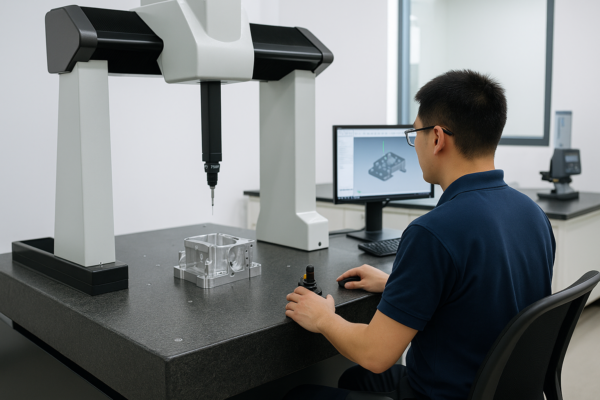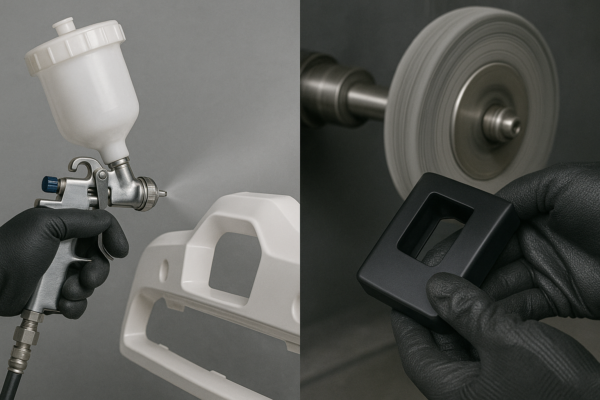What is a 7014 welding rod used for?

Need smooth, clean welds with minimal prep?
The 7014 welding rod is used for welding clean, mild steel in flat, horizontal, and vertical positions—ideal for fabrication, repairs, and ornamental welding.
Let’s dive into what makes 7014 unique, and how it compares to other popular rods.
What is the difference between 7014 and 7018 welding rod?
Both are smooth—but they serve different needs.
7014 is easier for beginners and less sensitive to storage, while 7018 offers stronger, low-hydrogen welds for structural applications.
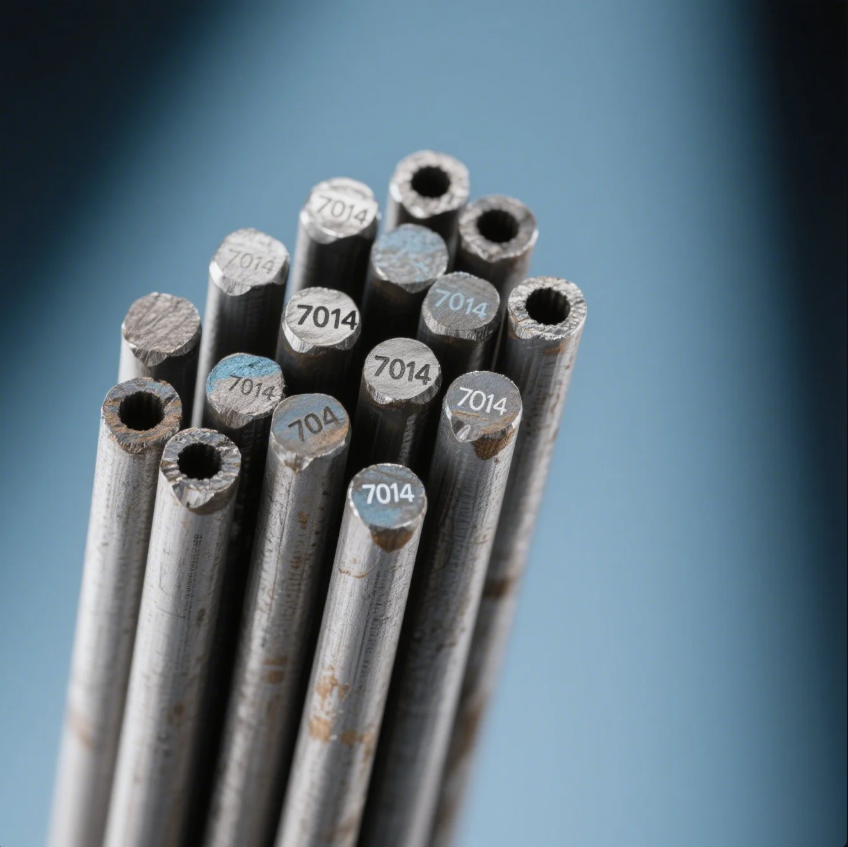
A client from Eastern Europe once asked us to recommend a user-friendly rod for general fab work. We chose 7014 over 7018—less preheat needed, less chance of hydrogen cracking, and no rod oven required.
7014 vs. 7018 Comparison
| Feature | E7014 | E7018 |
|---|---|---|
| Coating Type | Iron powder, titania | Iron powder, low hydrogen |
| Weld Strength | High (70,000 psi) | Very high (70,000+ psi) |
| Moisture Control | Not moisture-sensitive | Requires dry storage, rod oven |
| Ease of Use | Very easy | Moderate—needs technique |
| Ideal Use | Farm, light fab, trailers | Bridges, pressure vessels |
At Prime, we recommend 7014 for custom welding assemblies where weld aesthetics and productivity matter more than extreme structural demands.
What positions can 7014 be used in?
It’s not just flat—it’s flexible.
7014 rods can be used in flat, horizontal, vertical-down, and overhead positions—making them suitable for light structural and general welding.
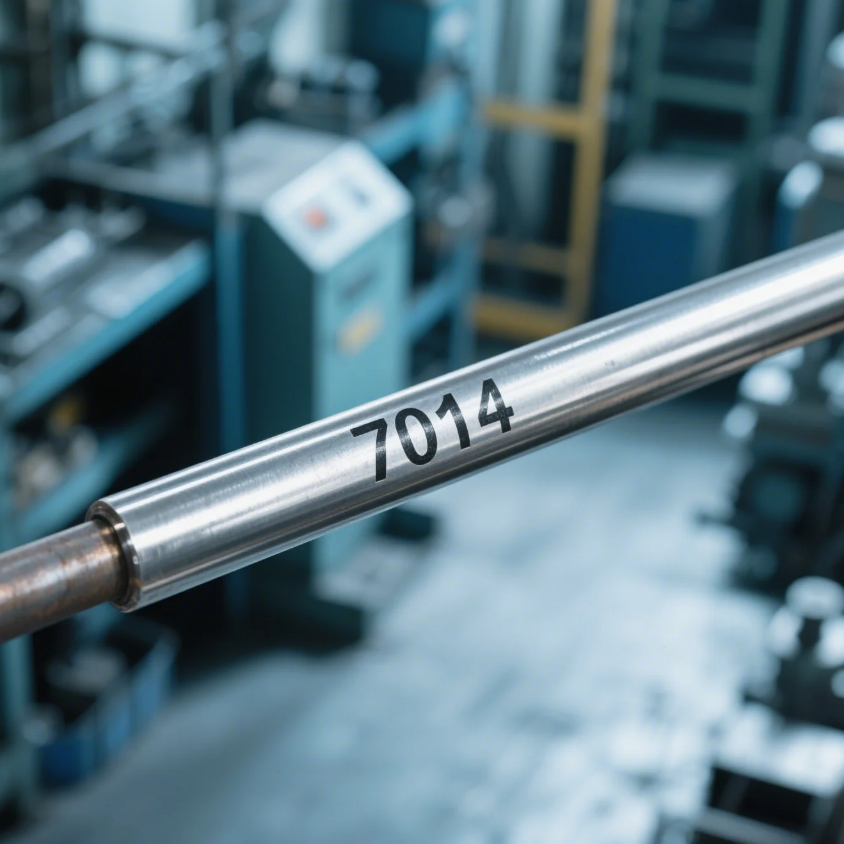
One client in the Middle East used 7014 for multi-position fabrication on a warehouse mezzanine. They appreciated how easily it handled overhead work without slag drop issues.
7014 Welding Position Guide
| Welding Position | Suitability | Notes |
|---|---|---|
| Flat | Excellent | Clean bead, fast deposition |
| Horizontal | Excellent | Good control and arc visibility |
| Vertical Down | Good | Easy with moderate travel speed |
| Overhead | Fair | Requires short arc and good timing |
At Prime, our ISO-certified welding guides include position-specific parameters for each rod we supply—including 7014 and others.
What is the hardest rod to weld with?
Not every rod is beginner-friendly.
E6010 is widely considered the hardest rod to weld with due to its fast-freeze puddle and demanding arc control.
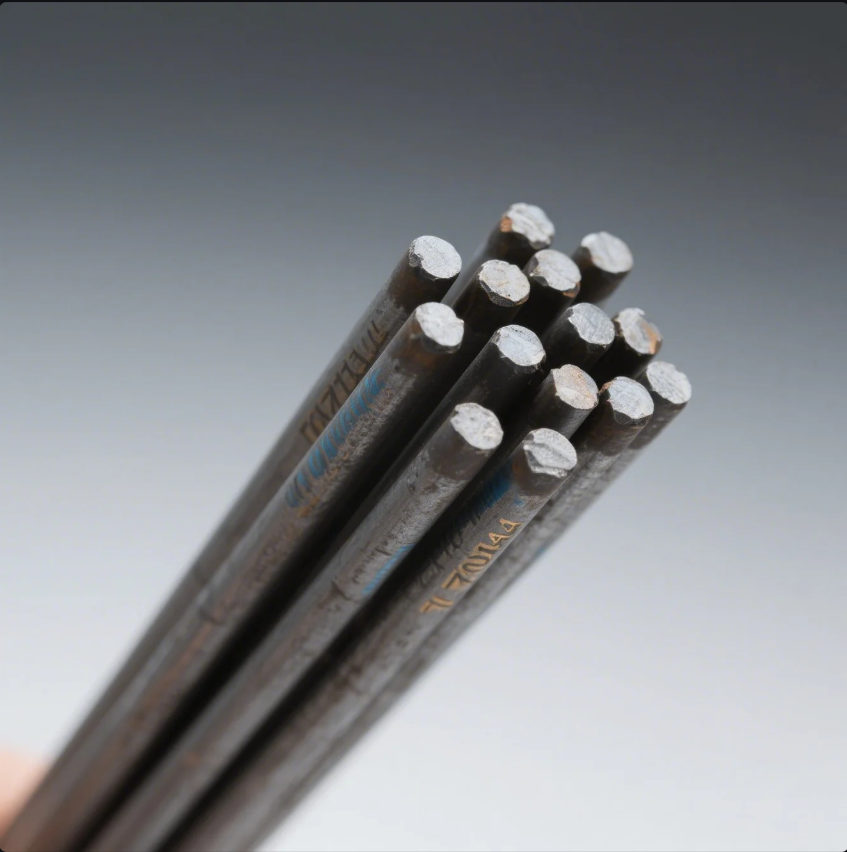
During training for a U.S. oil and gas client, we noticed even experienced welders struggled with 6010 roots. That’s why we train on 7014 or 7018 first, then graduate to 6010.
Why E6010 is difficult
- It freezes instantly—no room for hesitation
- It requires whip-and-pause motion
- Arc blow and instability are common
- No slag protection to cover errors
| Rod Type | Difficulty Level | Ideal For |
|---|---|---|
| E6010 | Very high | Pipe welding, vertical roots |
| E7018 | Moderate | Structural, heavy steel |
| E7014 | Low | General fab, hobby, maintenance |
Prime uses 6010 only for certified welders. For most clients needing easy-to-use rods for production welding, 7014 is a more forgiving choice.
What is the difference between 6011 and 7014 welding rod?
One is rugged, the other is refined.
E6011 is designed for dirty metal and field repairs, while E7014 is better for clean surfaces, smooth arcs, and clean weld appearance.
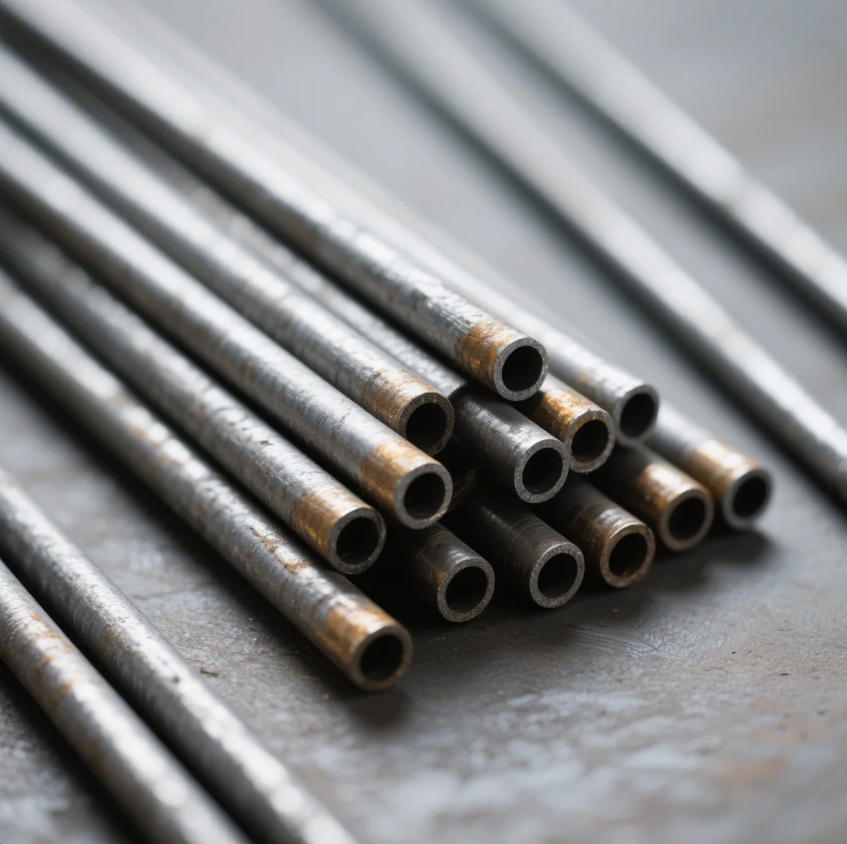
A client in South America used both rods on a mixed-use project: 6011 for outdoor fences, 7014 for the interior framework. That dual approach saved cost and boosted speed.
6011 vs. 7014 Breakdown
| Feature | E6011 | E7014 |
|---|---|---|
| Penetration | Deep | Medium |
| Surface Prep Needed | Minimal | Clean, painted, or ground |
| Arc Behavior | Aggressive, fast-freeze | Smooth, soft arc |
| Appearance | Rougher bead | Clean, aesthetic finish |
| Power Source | AC or DC | AC or DC |
Prime helps clients combine these rods for multi-phase metal assembly projects, ensuring maximum productivity and cost-efficiency.
Conclusion
E7014 is the ideal all-rounder for smooth, clean welds in fabrication and maintenance jobs.
Need help picking the right welding rod for your process or team? Contact Prime now through our website for a free consultation and fast quote. Our ISO-certified team delivers top-tier rods, expert advice, and fast global shipping—so you can weld smarter, not harder.

